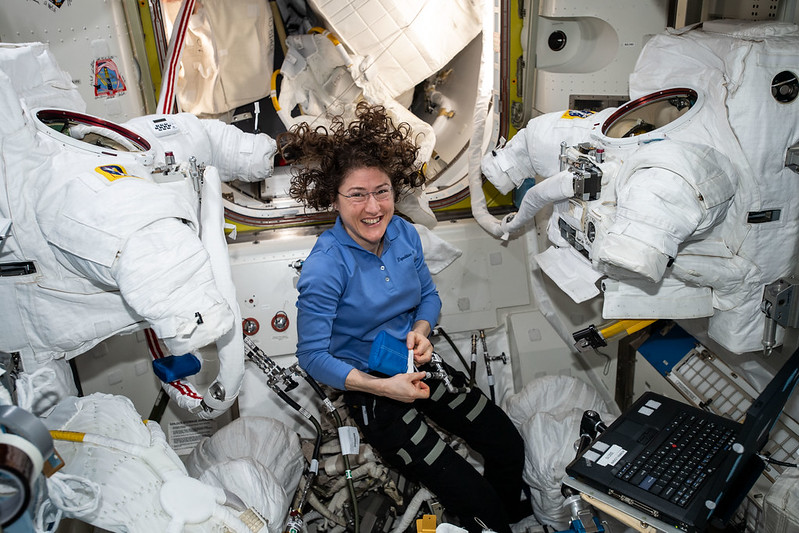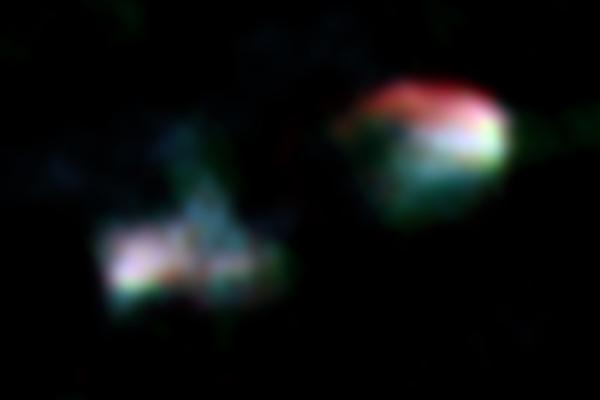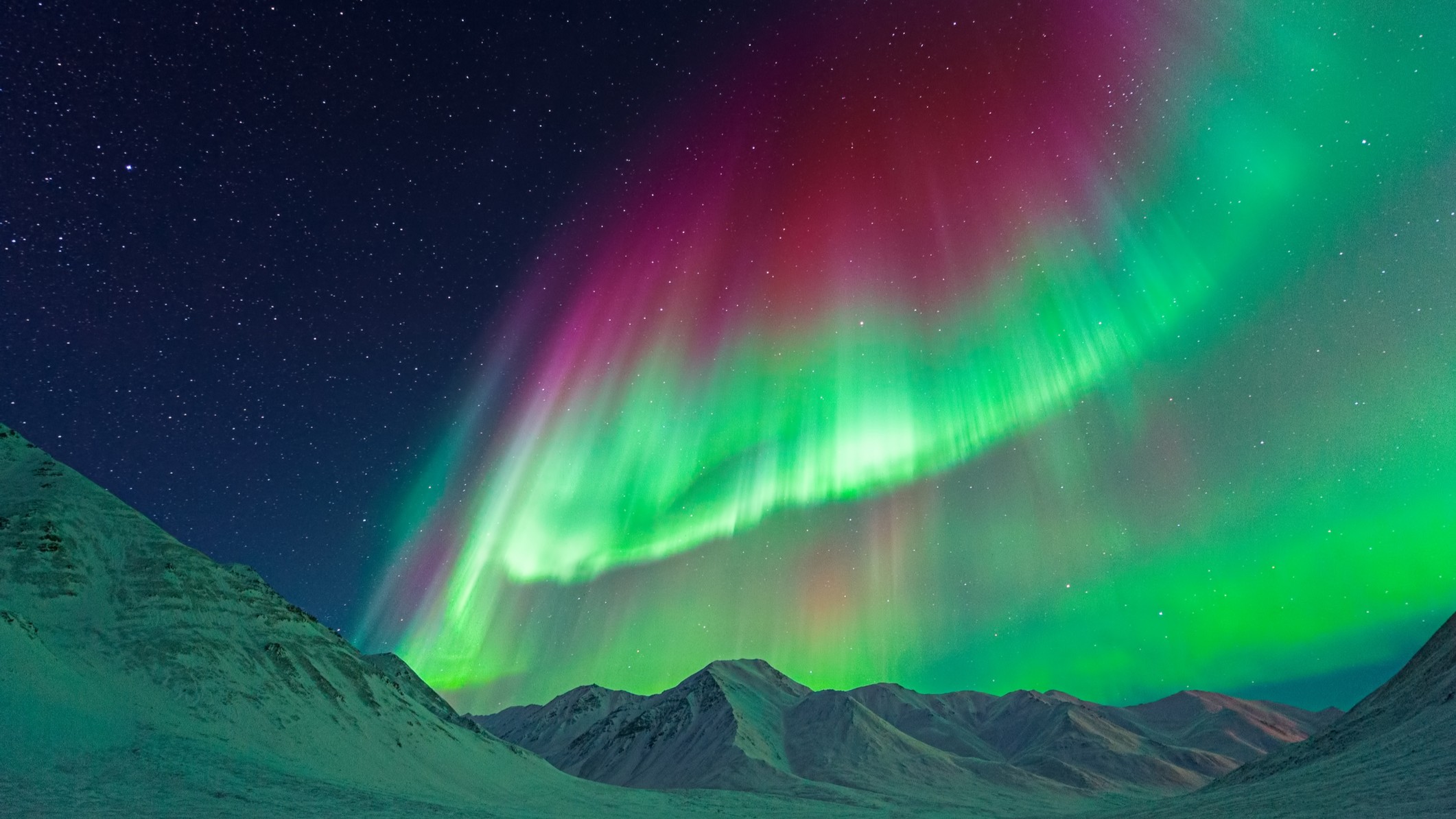
Rahul Rao
Rahul Rao is a graduate of New York University's SHERP and a freelance science writer, regularly covering physics, space, and infrastructure. His work has appeared in Gizmodo, Popular Science, Inverse, IEEE Spectrum, and Continuum. He enjoys riding trains for fun, and he has seen every surviving episode of Doctor Who. He holds a masters degree in science writing from New York University's Science, Health and Environmental Reporting Program (SHERP) and earned a bachelors degree from Vanderbilt University, where he studied English and physics.
Latest articles by Rahul Rao

'Ghost particle' coming into focus: Scientists put upper limit on mass of neutrinos
By Rahul Rao published
Neutrinos are so small that scientists once thought they had no mass at all. Neutrinos do have mass, however, and physicists have now put a new upper limit on it: 0.8 electronvolts.
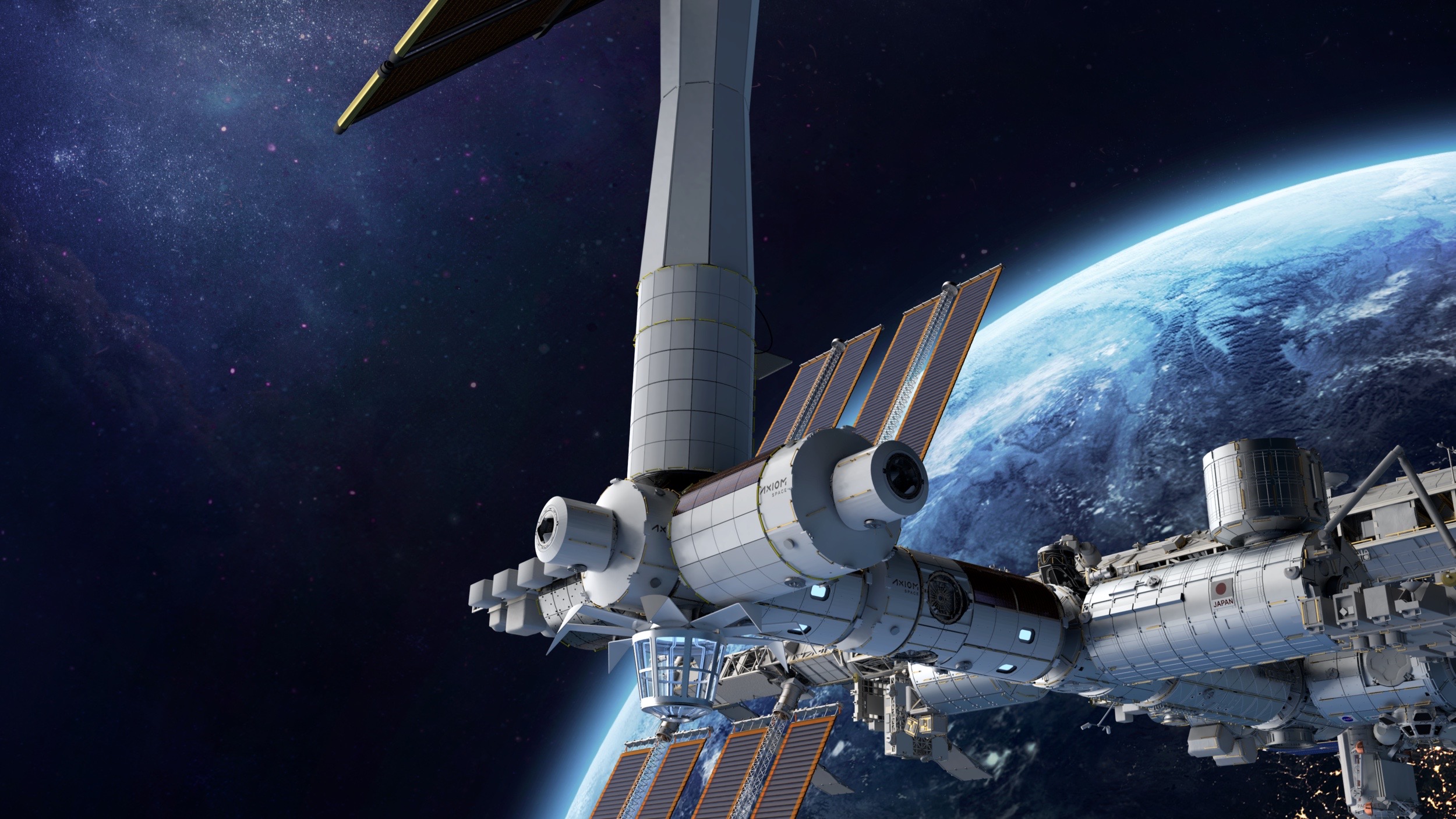
Axiom Space developing in-house spacesuits to prepare for future stations
By Rahul Rao last updated
Even as commercial spaceflight company Axiom Space prepares to launch the first fully private crew to the space station early next year, its engineers are also developing in-house spacesuits.
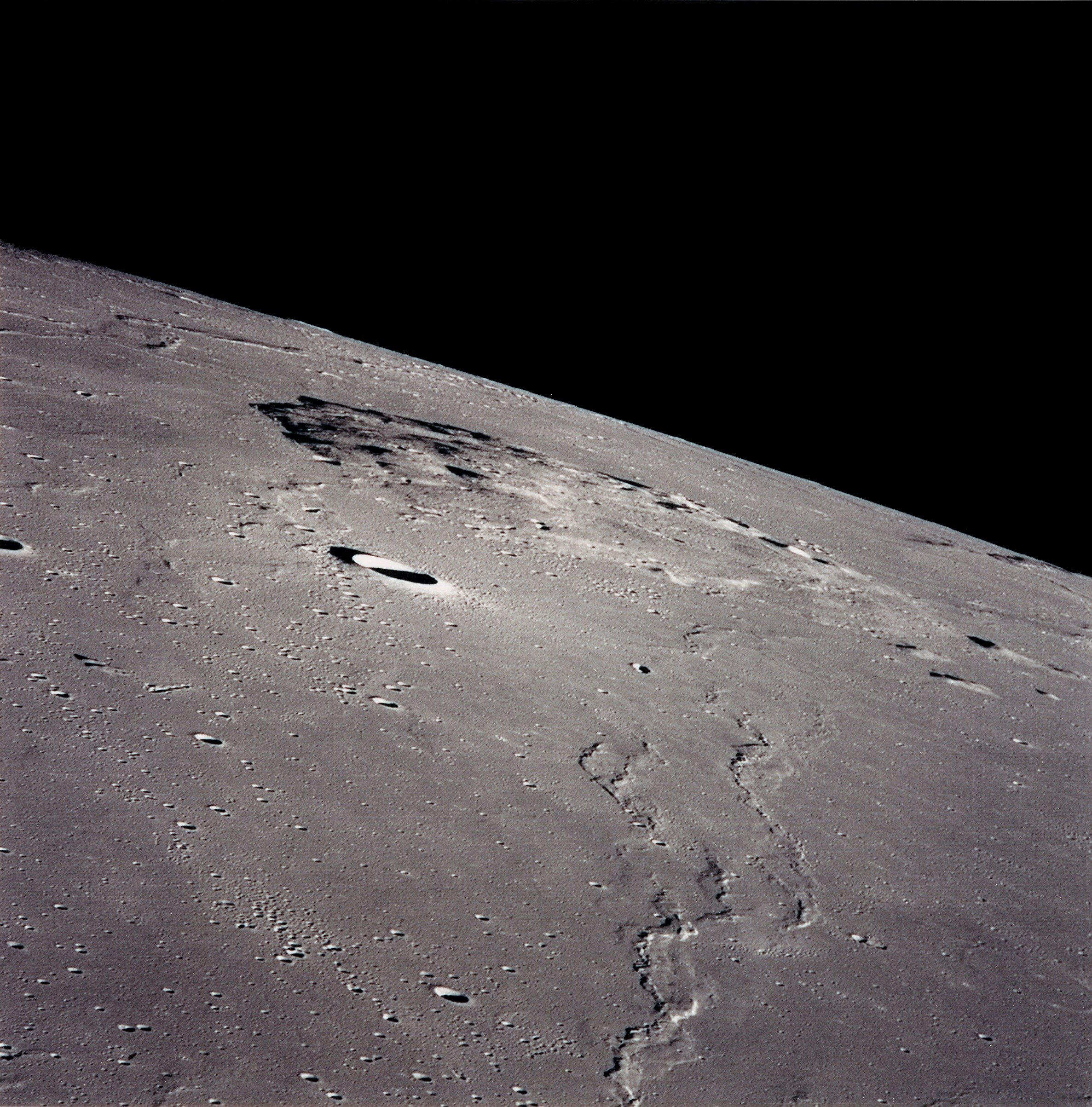
Moon's crust may have formed from 'slushy' magma ocean long ago
By Rahul Rao published
The moon's crust might have formed from an unevenly layered "slush" of magma that once covered the entire body, a new study reports.
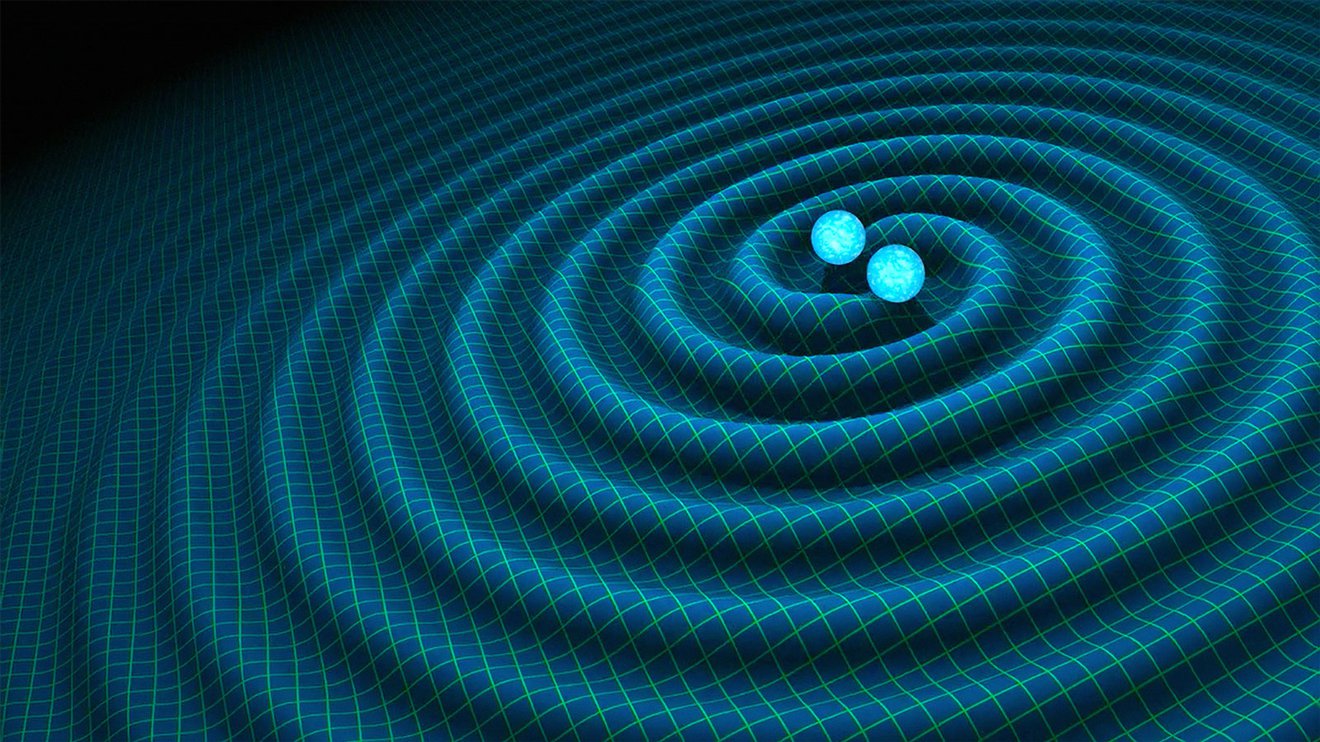
Curvature of space-time measured using 'atomic fountain'
By Rahul Rao published
A group of physicists has measured gravity using the effects of time dilation — the slowing of time imparted by increased velocity or gravitational force — on atoms.

Russia launches heavy-lift Angara rocket on 3rd test flight, but misses intended orbit: reports
By Rahul Rao published
A year after its last launch, Russia’s newest rocket lifted off again — and things didn't go entirely according to plan.

'Outbursts' from Comet Leonard spotted by NASA satellite (video)
By Rahul Rao published
NASA's STEREO-A satellite caught this view of Comet Leonard as it continued to streak into the inner solar system in December.
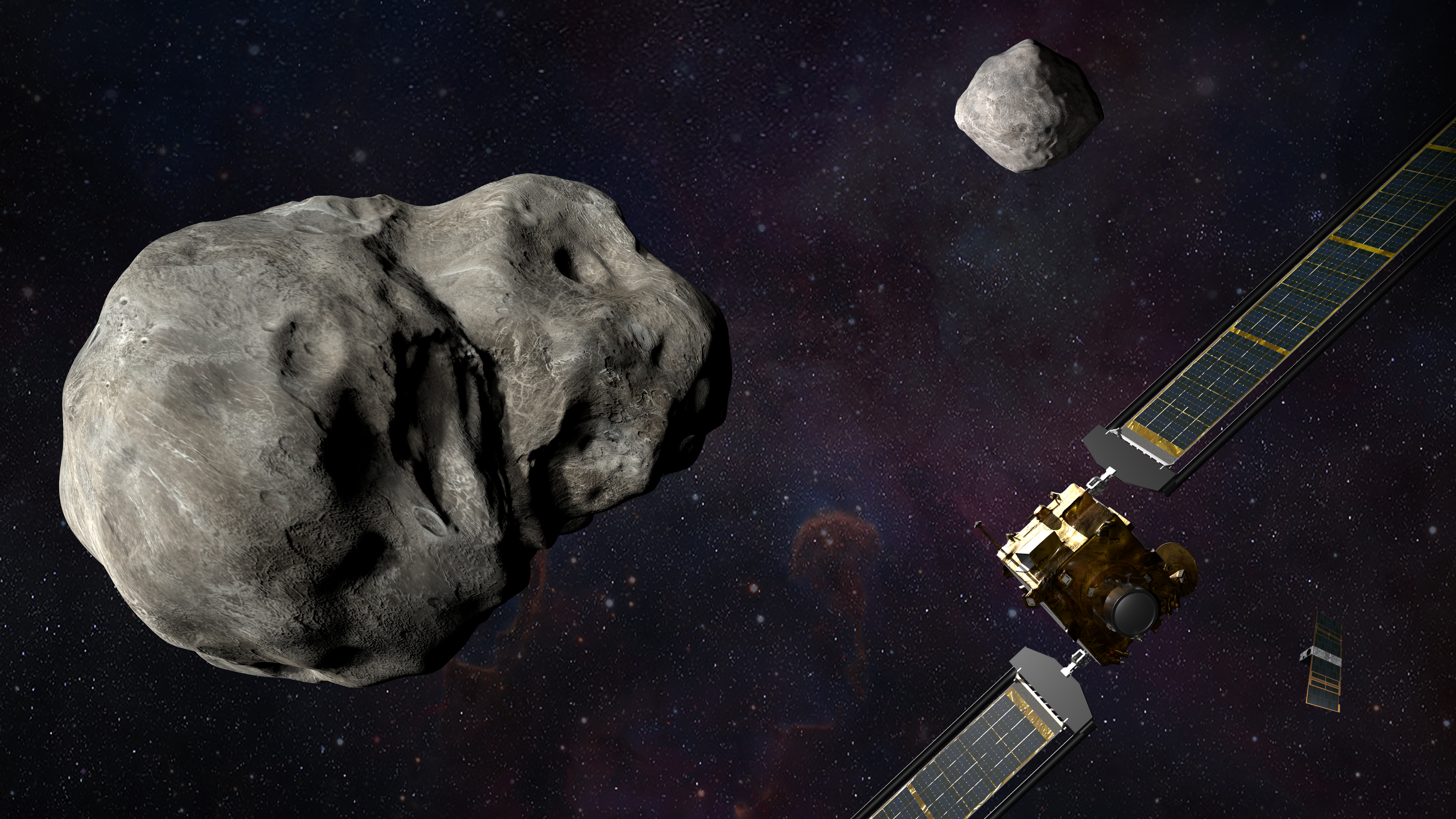
NASA's DART asteroid-impact mission explained in pictures
By Rahul Rao published
DART will be NASA's first attempt to adjust an asteroid's orbit. Here's how it works.
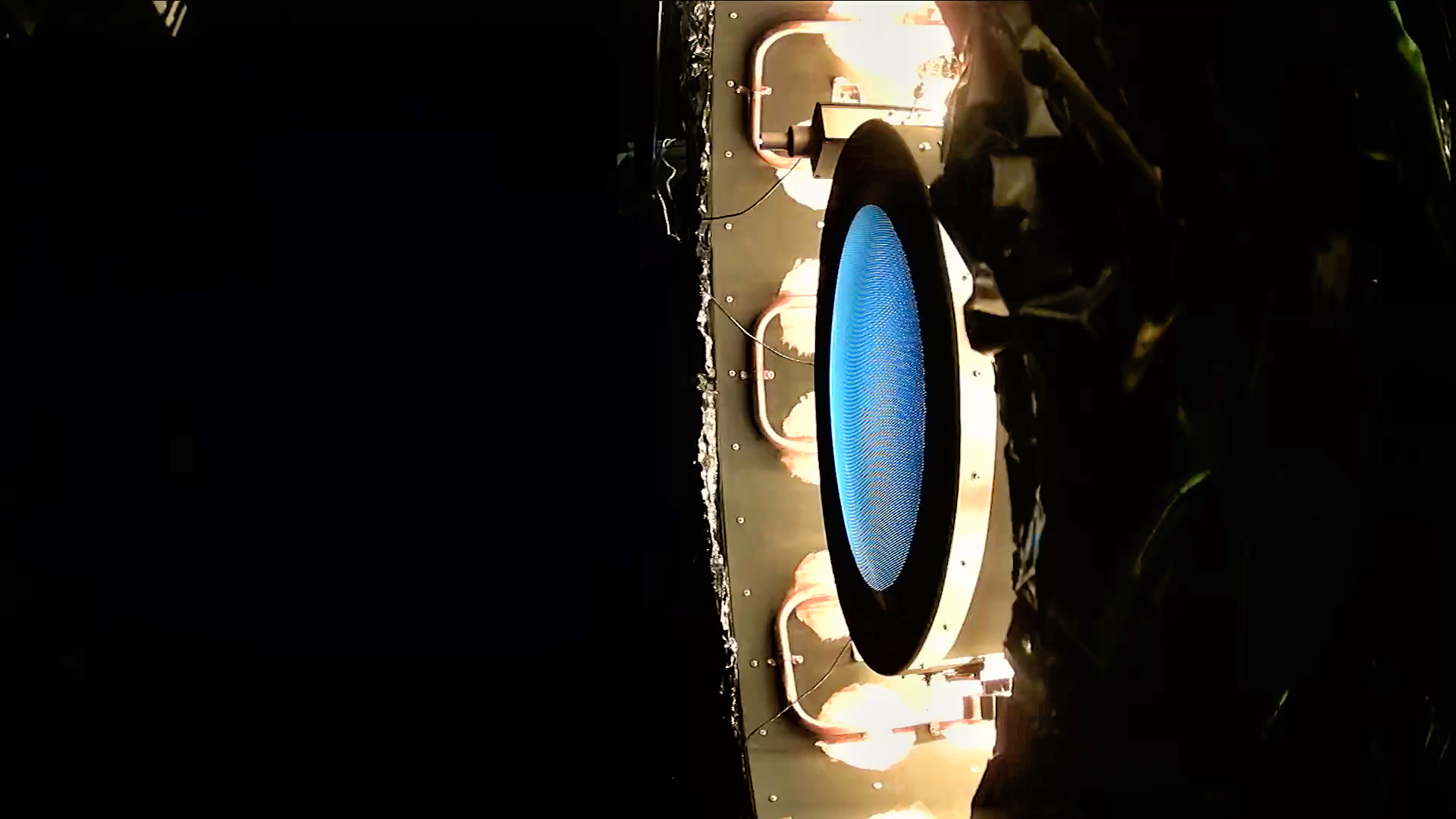
NASA's asteroid-slamming mission will test new ion drive system
By Rahul Rao last updated
NASA's mission DART will test our ability to redirect an asteroid by quite literally crashing into it — but the spacecraft will also test a new type of propulsion system for the agency.

Astronomers spot small black hole beyond the Milky Way in milestone discovery
By Rahul Rao published
Finding a black hole isn't straightforward, and it's even harder the more distant such a behemoth is.
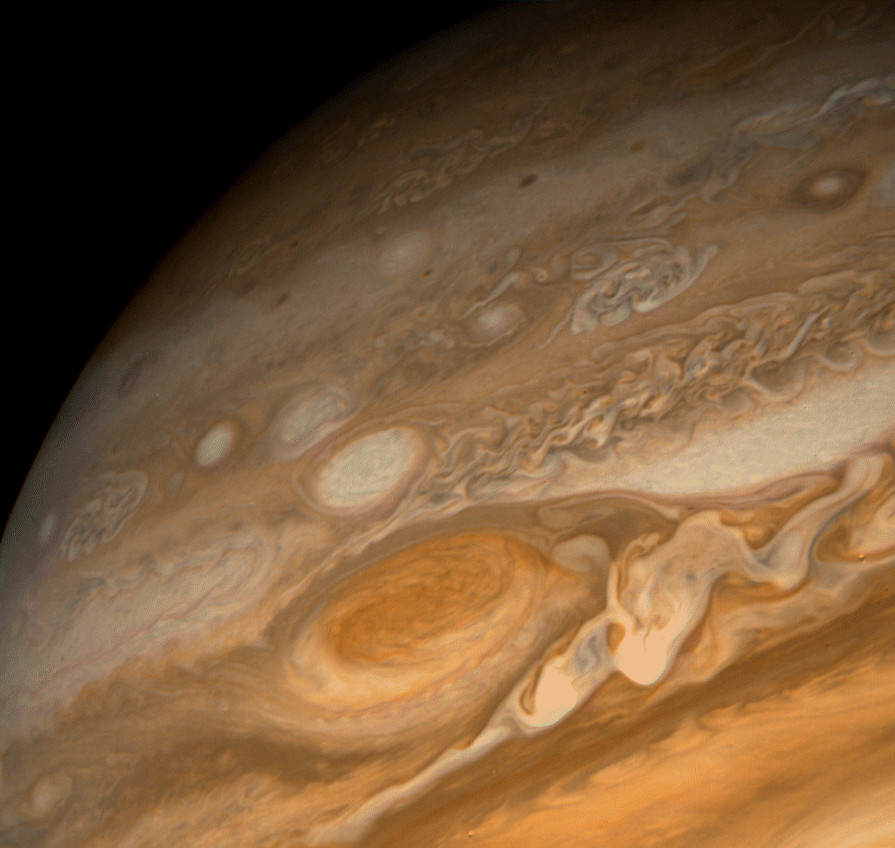
Jupiter's Great Red Spot is even deeper than scientists had thought
By Rahul Rao published
The Great Red Spot extends as much as 310 miles (500 kilometers) beneath Jupiter's cloud tops, data from NASA's Juno Jupiter probe shows.

NASA wants to buy more astronaut rides on private spaceships
By Rahul Rao published
NASA wants more private-sector firms to ferry its astronauts up into space, including missions to and from the International Space Station.
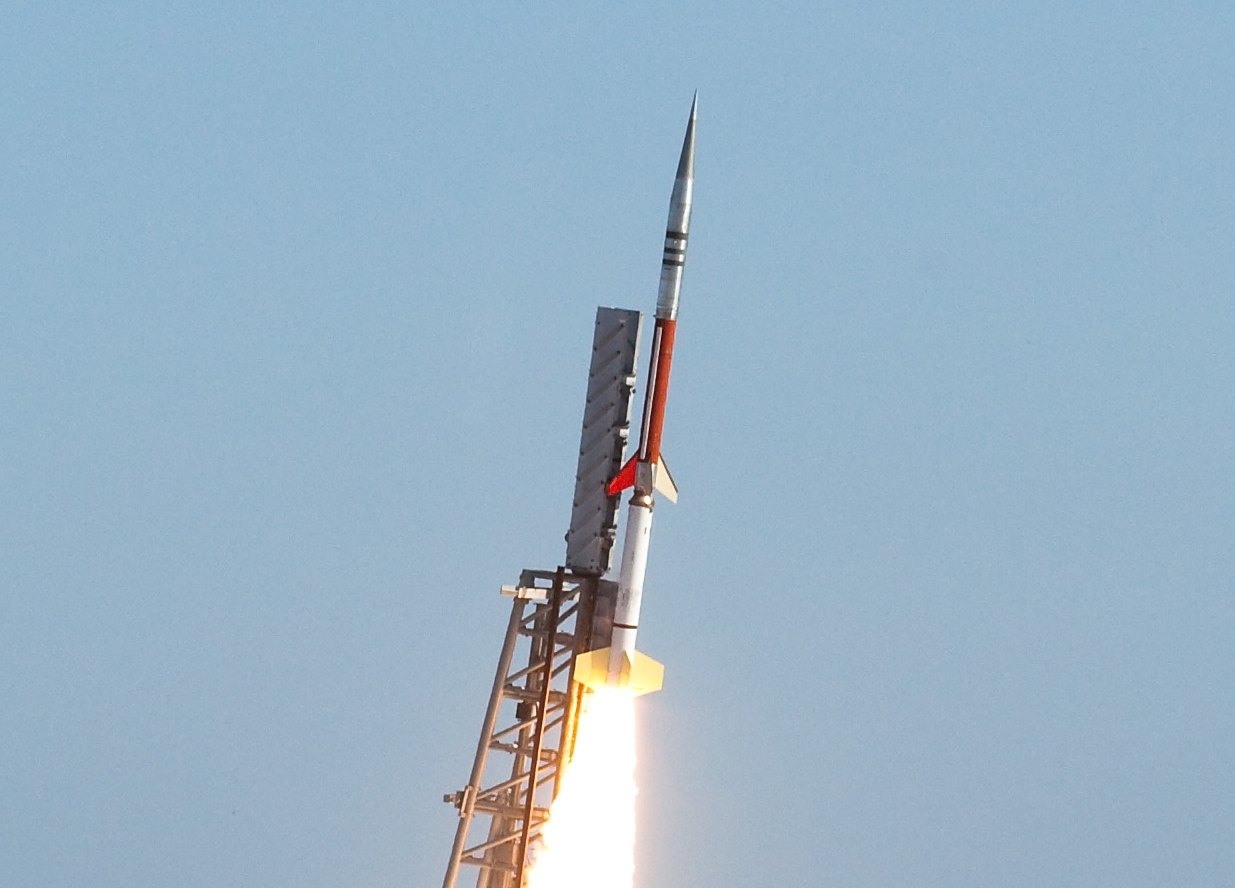
NASA to launch secretive US military payloads on 3 sounding rockets from Virginia tonight
By Rahul Rao published
NASA will launch three sounding rockets from its Wallops Flight Facility in coastal Virginia on flights that local observers may be able to spot in the sky.
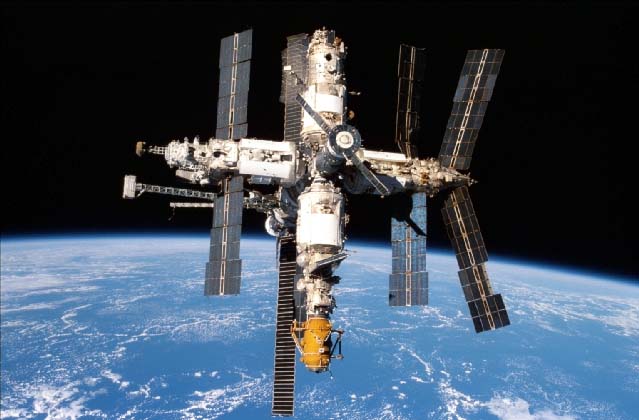
Russian and Soviet space stations throughout history
By Rahul Rao last updated
Russia's contribution to the International Space Station is only the newest phase of a space program that's been launching space stations since the 1970s. Here's a history of the orbital outposts.
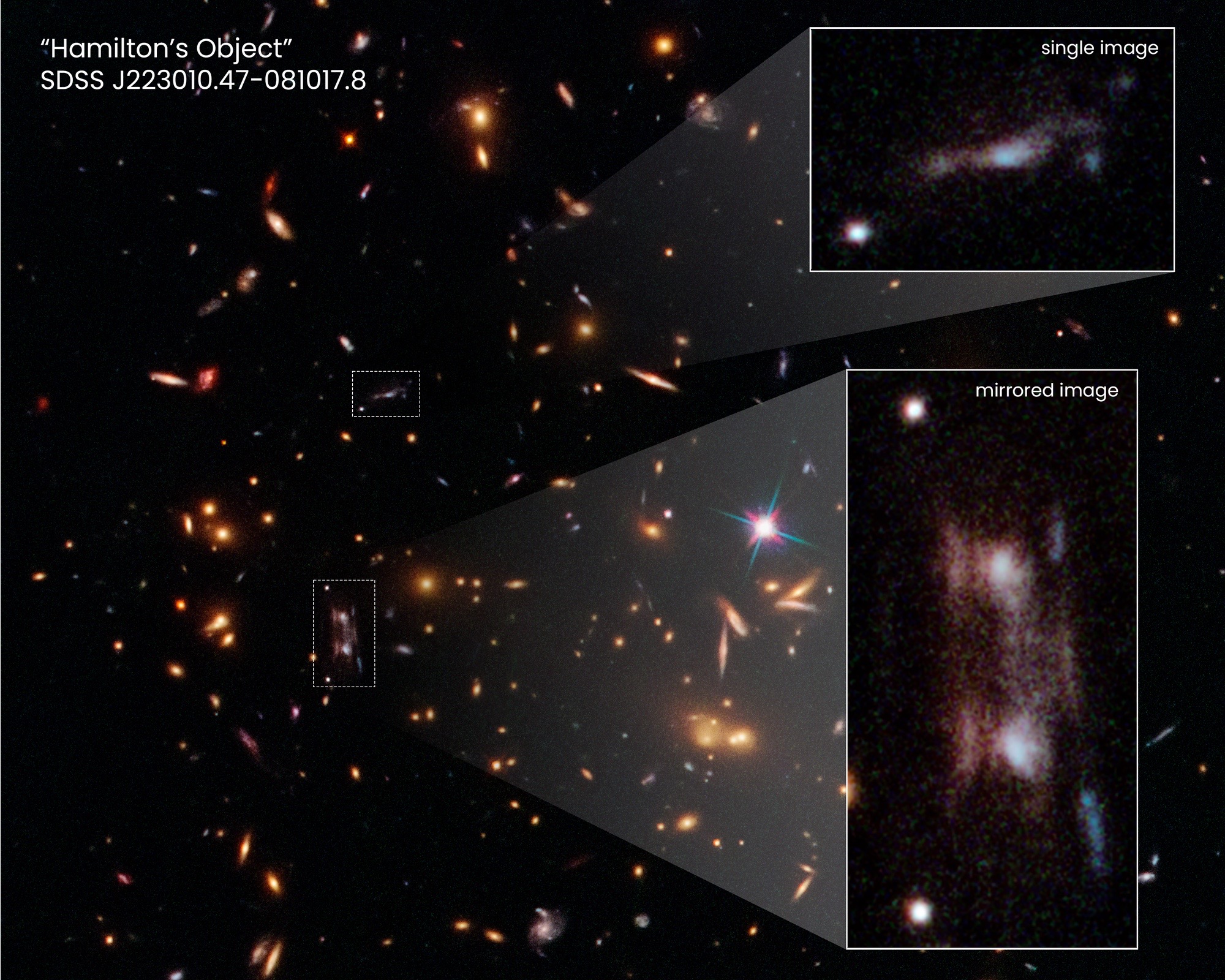
Mystery solved! Bizarre Hubble double galaxy caused by 'ripple' in space
By Rahul Rao published
Astronomers have solved a mystery that the Hubble Space Telescope first discovered nearly a decade ago. A pair of streaky objects actually appear that way thanks to a "ripple" in the fabric of space.

Skywatchers see SpaceX's Dragon cargo ship streak across the night sky as it returned to Earth
By Rahul Rao published
Late Thursday night (Sept. 30) in the southeastern United States, anybody looking up could have glimpsed a brilliant streak, trailing down into the Atlantic Ocean off Florida's east coast.

Scientists watch a galaxy's supermassive black hole shoot out the galaxy's gas
By Rahul Rao published
There comes a time in every galaxy's life, astronomers think, when the galaxy ejects a large part of its gas, but scientists aren't certain what drives this "mid-life crisis."

Sounding rocket mission targets mysteries of solar corona
By Rahul Rao published
Although some rocket-borne missions last years or decades, others, such as the cast of NASA's Sounding Rockets Program, do their science during a short hop that doesn't even reach orbit.
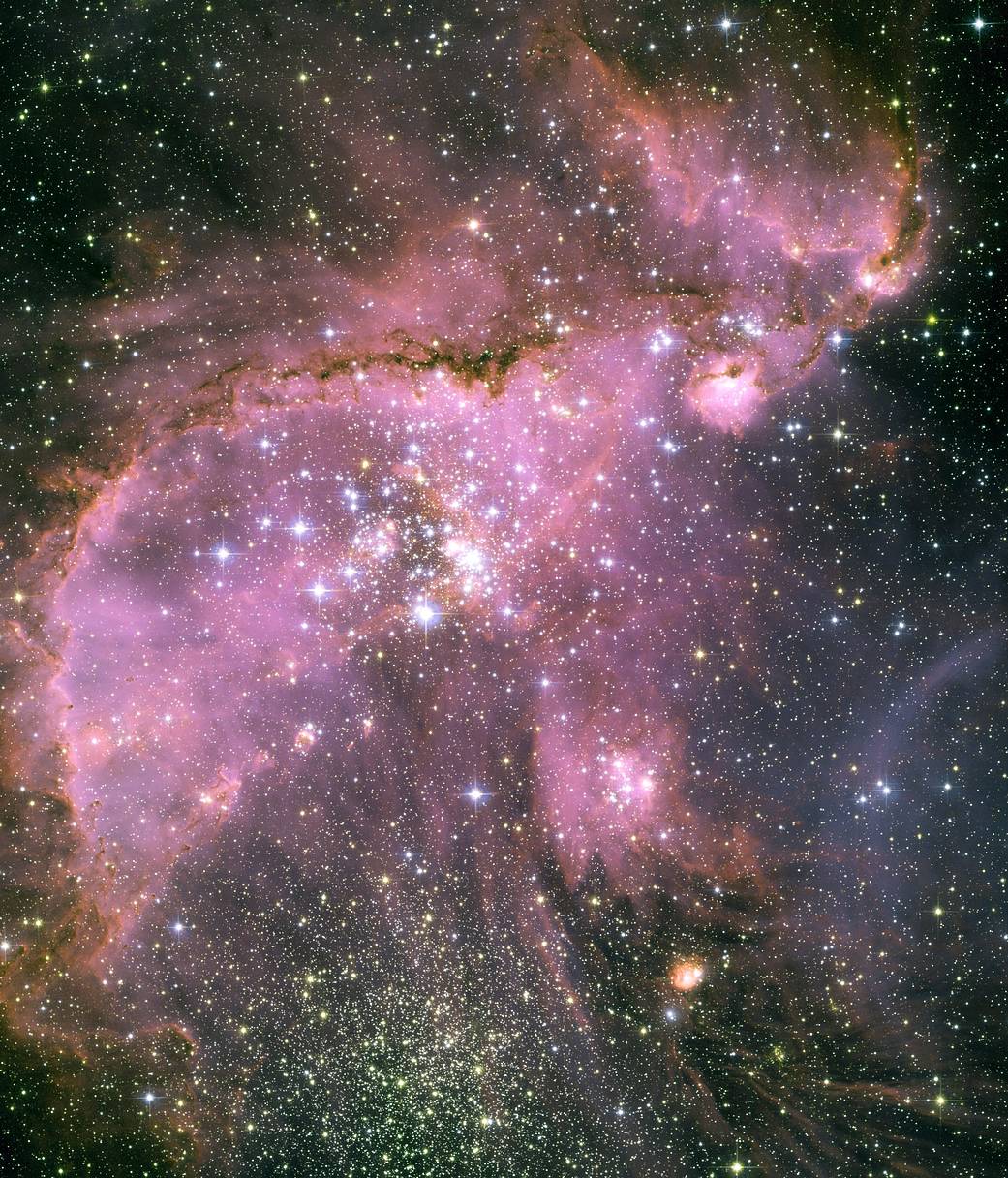
Hubble telescope spies brilliant star cluster in Milky Way's neighbor galaxy
By Rahul Rao published
Hubble peers deep to see newborn stars in action.

Virgin Orbit clears FAA hurdle for small satellite launches from Guam
By Rahul Rao published
Virgin Orbit has passed an FAA environmental review for future rocket launches from Andersen Air Force Base in Guam.

Even small Mars dust storms dry out the Red Planet, scientists find
By Rahul Rao last updated
Thanks to data from three different Mars orbiters, scientists have determined that small, local dust storms, like their much larger counterparts, play a key role in drying out the Red Planet.

Sodium 'fizz' gives big asteroid Phaethon its weird comet-like appearance
By Rahul Rao published
As an asteroid, Phaethon is a ball composed mainly of rock, and it shouldn't have enough water ice to form the glowing fuzzy coma and tail that adorn a comet.
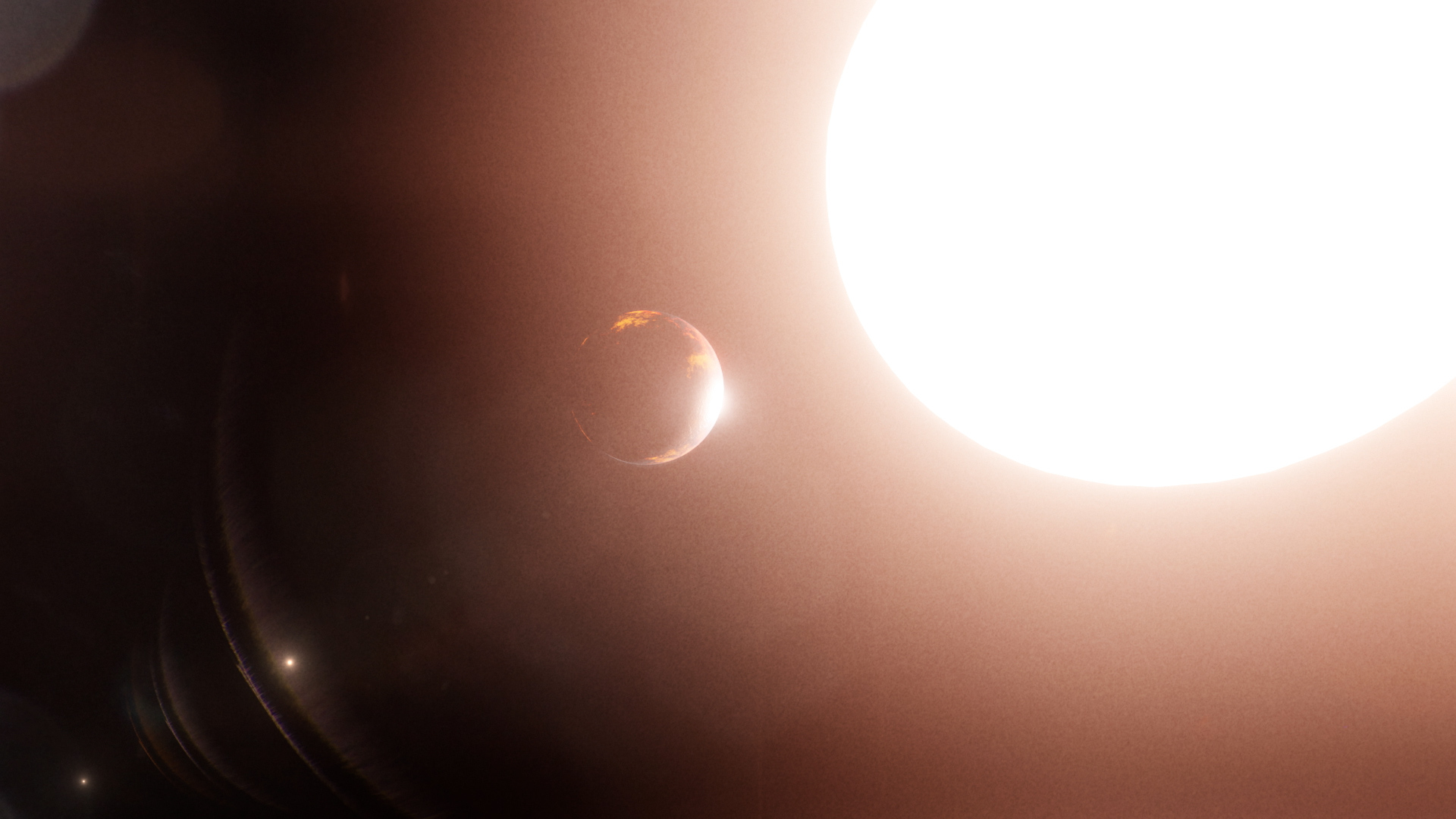
Astronomers discover a quartet of teenage alien planets far, far away
By Rahul Rao published
Astronomers have discovered a quartet of teenage planets, according to data from NASA's TESS telescope.
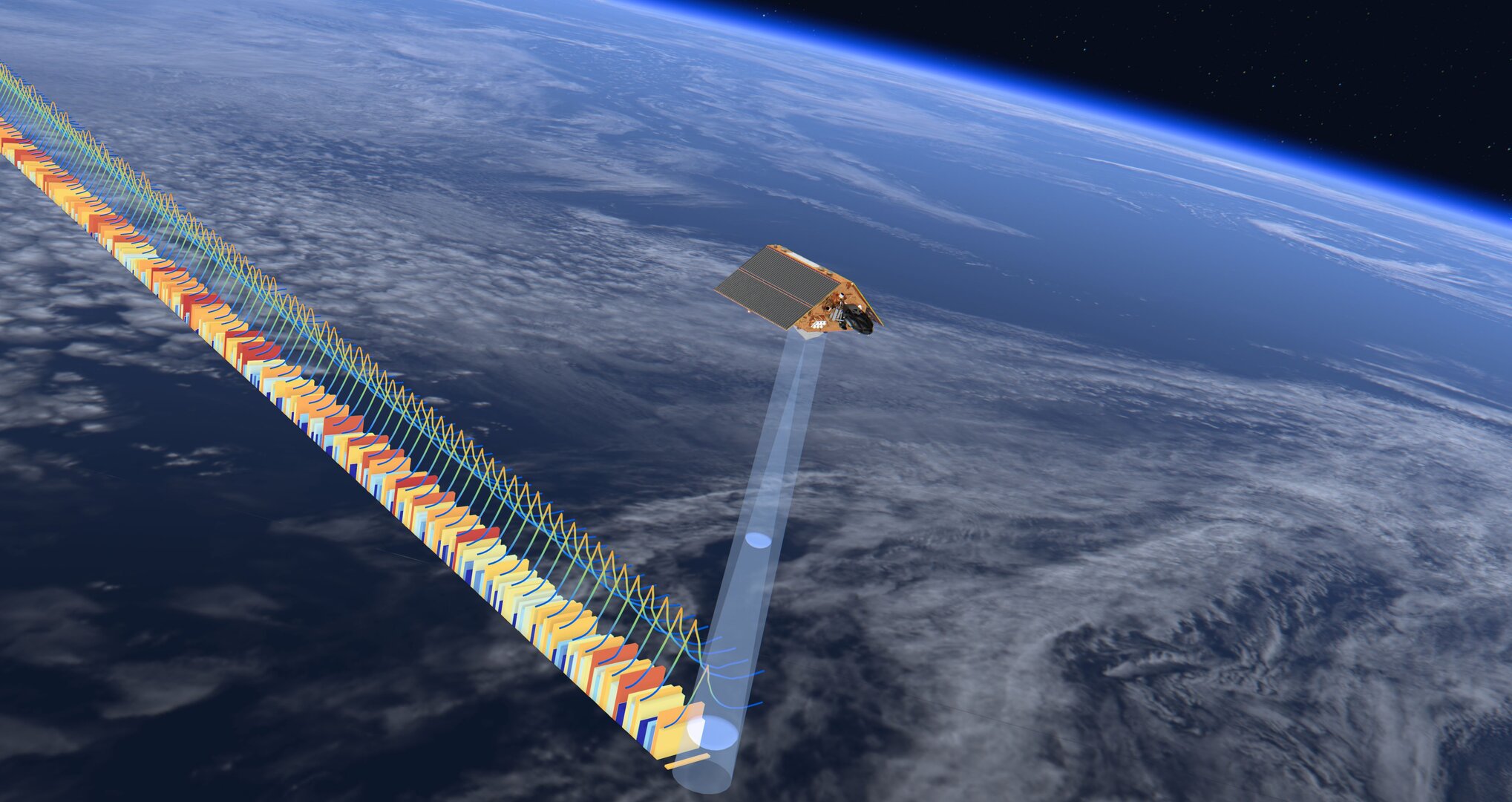
The Sentinel 6 satellite is now tracking Earth's rising sea levels with unprecedented accuracy
By Rahul Rao published
The new European-American ocean monitoring satellite Sentinel 6 Michael Freilich has started delivering precise sea-level rise data after six months of technical calibrations.
Get the Space.com Newsletter
Breaking space news, the latest updates on rocket launches, skywatching events and more!
